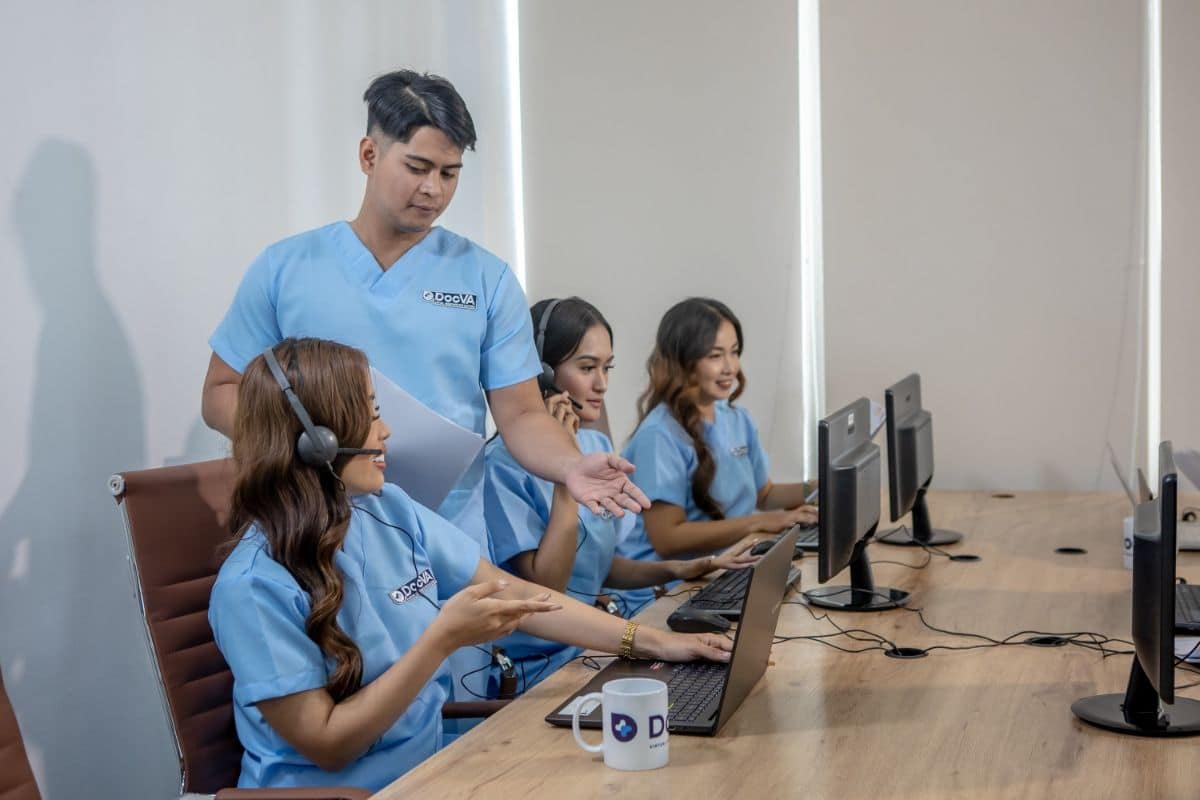As the healthcare landscape continues to evolve, the Department of Veterans Affairs (VA) is faced with the challenge of providing effective, accessible, and high-quality care to a diverse population of veterans. remote patient monitoring va has emerged as a vital solution in this context, offering innovative approaches to managing veteran health. This blog explores why Remote Patient Monitoring is crucial for the VA’s future, focusing on its potential to enhance care delivery, improve patient outcomes, and adapt to the changing needs of veterans.
1. Addressing Access Challenges
Bridging Geographic Gaps
One of the most significant challenges the VA faces is ensuring access to care for veterans in rural and underserved areas. With many veterans living far from VA facilities, remote monitoring offers a practical solution. By leveraging technology, veterans can receive ongoing health assessments from home, eliminating the barriers posed by distance. This accessibility is crucial for ensuring that all veterans receive the care they need, regardless of their location.
Reducing Travel Burdens
Frequent travel to medical appointments can be particularly burdensome for veterans with mobility issues or chronic conditions. RPM reduces the need for in-person visits, allowing veterans to manage their health from the comfort of their homes. This reduction in travel not only enhances convenience but also minimizes the stress and financial costs associated with transportation.
2. Proactive Health Management
Early Detection of Health Issues
Remote patient monitoring enables healthcare providers to track vital signs and health metrics in real time. This continuous oversight allows for early detection of potential health issues, leading to timely interventions. For veterans with chronic conditions, such as diabetes or hypertension, early identification of changes in health status can significantly improve outcomes and reduce the risk of complications.
Personalized Care Plans
With access to real-time data, healthcare providers can create personalized care plans tailored to the unique needs of each veteran. This individualized approach ensures that veterans receive the appropriate interventions and support, fostering a proactive stance in managing their health.
3. Enhancing Patient Engagement
Empowering Veterans
Remote monitoring empowers veterans to take an active role in managing their health. By providing access to their health data, veterans can make informed decisions and engage in discussions with their healthcare providers. This sense of ownership leads to greater adherence to treatment plans and improved health outcomes.
Strengthening Communication
RPM enhances communication between veterans and their healthcare teams. With digital tools facilitating regular check-ins and consultations, veterans can easily connect with providers to discuss concerns or changes in their health. This ongoing communication builds trust and ensures that veterans feel supported throughout their healthcare journey.
4. Supporting Mental Health Needs
Addressing Mental Health Challenges
Mental health is a critical component of overall well-being, especially for veterans who may experience conditions such as PTSD, anxiety, or depression. Remote monitoring plays a vital role in mental health support by enabling continuous check-ins and assessments. Healthcare providers can monitor symptoms and provide timely interventions, ensuring that veterans receive the necessary care and support.
Reducing Isolation
Many veterans face feelings of isolation, particularly those living alone or in remote areas. RPM fosters regular contact with healthcare providers, helping to alleviate loneliness and promote social connection. The reassurance of ongoing support contributes to improved mental well-being.
5. Improving Quality of Care
Ensuring Continuity of Care
Remote monitoring enhances the continuity of care for veterans by providing a consistent means of monitoring their health. This continuity is essential for effective management of chronic conditions and ensures that veterans receive timely interventions when needed. By streamlining care delivery, the VA can maintain high standards of quality and safety.
Streamlining Processes
The implementation of RPM can streamline various healthcare processes, optimizing resource allocation within the VA. By reducing the need for in-person visits, healthcare providers can focus on veterans who require immediate attention. This efficiency not only improves patient outcomes but also enhances the overall functioning of the VA healthcare system.
6. Adapting to Technological Advances
Embracing Digital Solutions
The future of healthcare is increasingly digital, and the VA must adapt to these changes to remain effective. Remote patient monitoring aligns with this trend, leveraging technology to improve care delivery. By embracing digital solutions, the VA can ensure that it meets the evolving expectations of veterans who seek convenient and accessible healthcare options.
Preparing for Future Challenges
As the population of veterans continues to grow and healthcare needs become more complex, RPM will be essential in addressing future challenges. The ability to monitor health remotely and respond proactively to changes in patient status will be crucial for maintaining high-quality care.
Conclusion
Remote Patient Monitoring is not just a trend; it is a vital component of the VA’s future healthcare strategy. By addressing access challenges, promoting proactive health management, enhancing patient engagement, and improving the quality of care, RPM holds the potential to transform veteran healthcare. DocVA continues to innovate and adapt to the changing landscape, remote monitoring will play a crucial role in ensuring that veterans receive the high-quality, accessible care they deserve. Embracing this technology is essential for the VA to fulfill its mission of providing comprehensive support to those who have served our nation.

